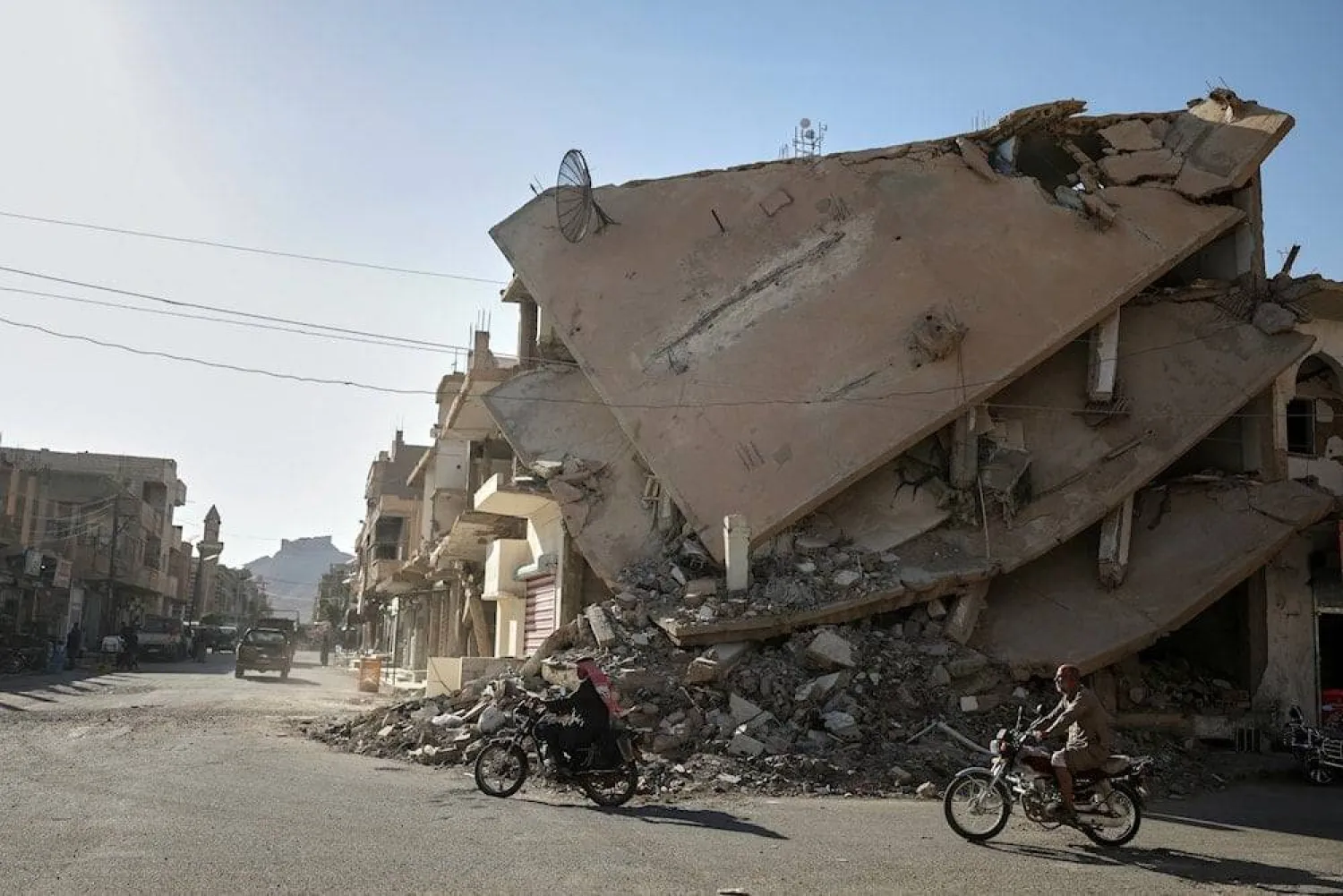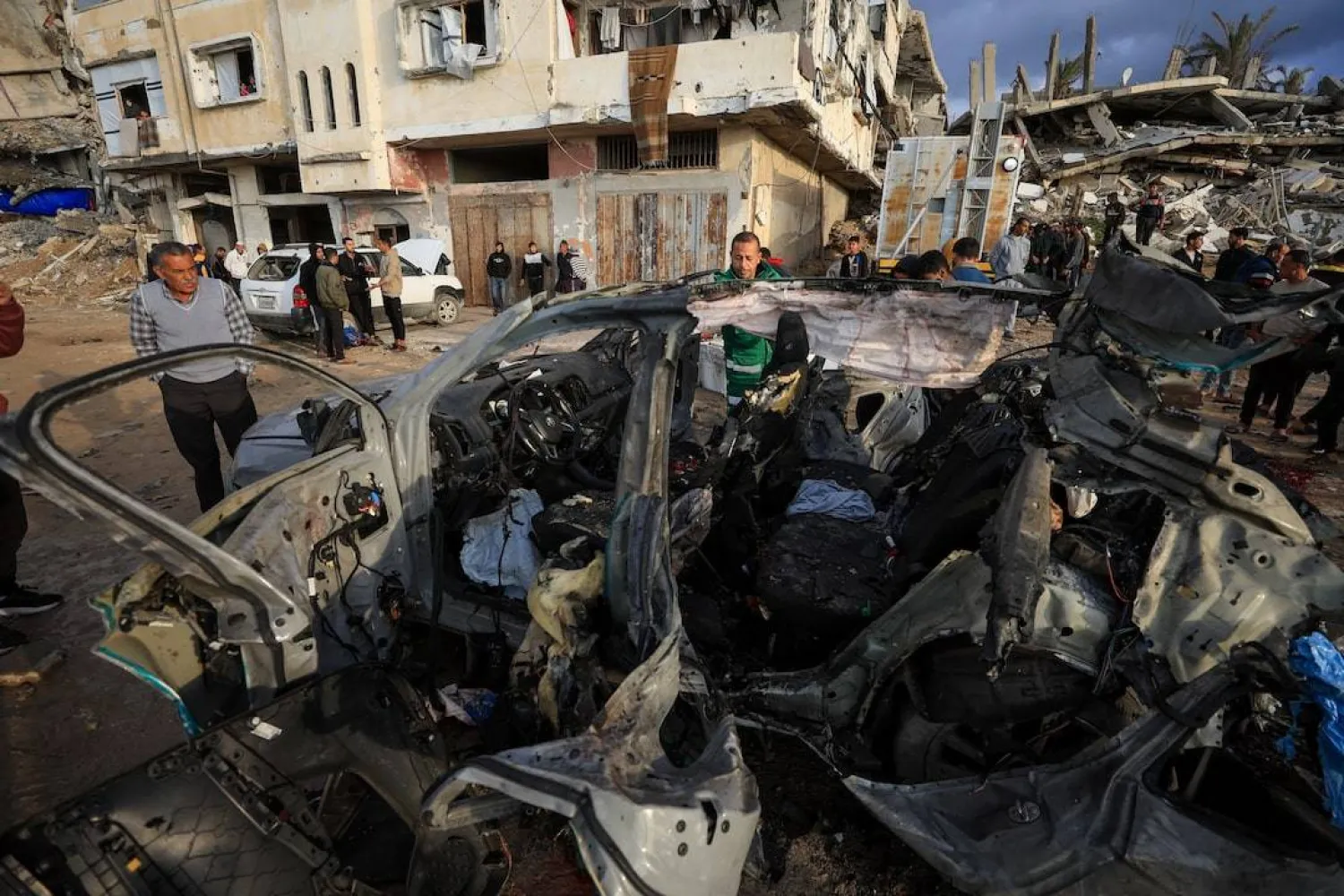Retaliating to earlier attacks staged by the Kurdish-majority People's Protection Units (YPG), Turkish forces shelled Syria’s Tall Rifat city which is nestled in the northern Aleppo province.
In a statement released on Monday, the Turkish Defense Ministry said the country’s army forces successfully bombed YPG Kurdish sites in response to an attack that targeted Ankara military assets in Syria and which killed a Turkish soldier.
The ministry went on to confirm that not only one soldier was killed, but six others were injured by the attack. Victims were cleared from the area.
By far, this marks the heaviest toll incurred by a Turkey observation post set up in north Syria.
Back in 2017, Turkey and Russia had agreed to establish observation posts overlooking designated de-escalation zones in Syria’s north, especially in Idlib.
A military statement said it responded to the anti-tank attack by firing at militants in the region.
With the collapse of the declared truce in Hama and Idlib in recent weeks, Turkish observation posts have been the target of military escalation on behalf of the Russian-backed Syria regime and the YPG.
It is worth noting that the Syrian regime scaled up the bombing of Turkey-backed rebels in the Idlib region.
An agreement between Turkey and Russia, signed in September 2018 at the Black Sea resort city of Sochi, was intended to spare opposition forces in Idlib and its environs from regime attacks. But Russia, the Syrian regime’s major power backer, is accusing Ankara of failing to meet its obligations under the agreement as a rebel guarantor, especially with regard to the redeployment of hardline groups from some of the north’s main infrastructure.
Despite the resumed violence on behalf of the Syrian regime, it does not seem as though Russia will be allowing the military offensive to go into full-throttle in Idlib—a total breakout of violence in Syria’s northern areas would leave Turkey's southern borders in dismay.
In the same context, the United Nations warned that up to 2 million Syrians might flee to Turkey if the fighting raged in northwestern Syria.









